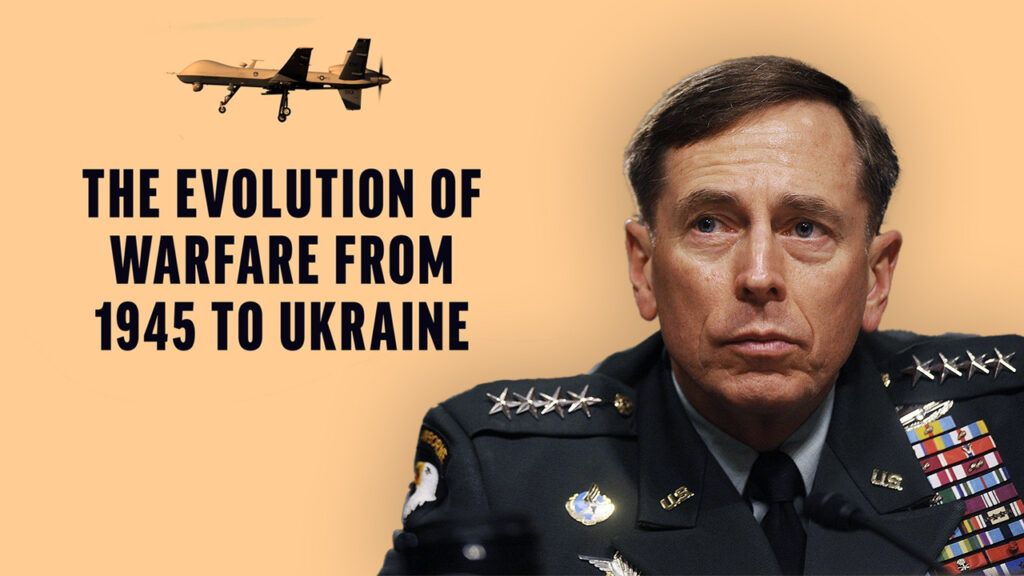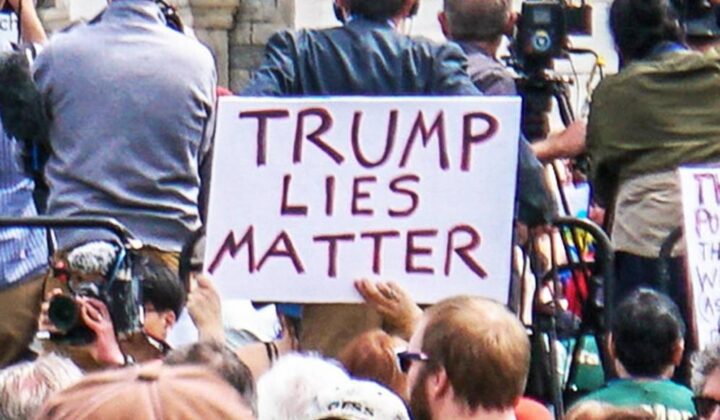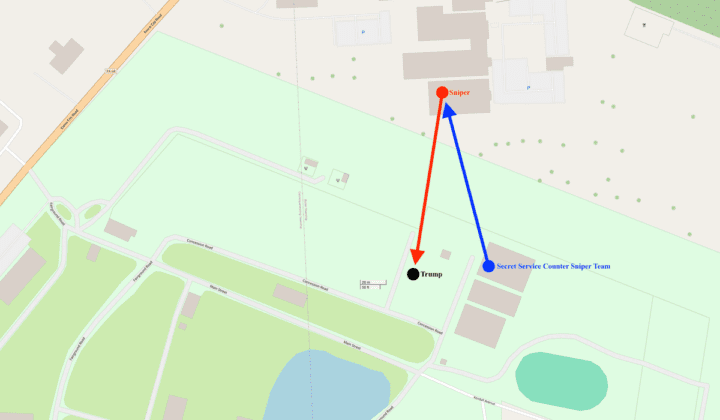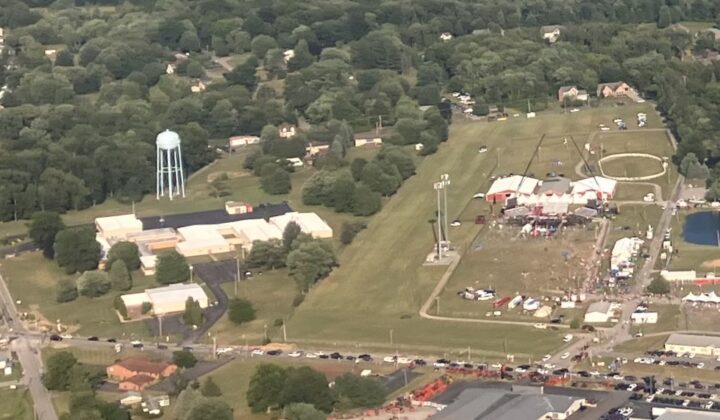The Renew Democracy Initiative sat down with General David Petraeus to discuss how the war in Ukraine is changing the future of warfare. General David Petraeus led the 101st Airborne division during the invasion of Iraq. He then rose to the rank of 4-star general, taking command of US and coalition forces in Iraq in 2007, US Central Command in 2008, and then US and NATO forces in Afghanistan in 2010. Afterward, he served as the Director of the CIA. His book “Conflict: The Evolution of Warfare from 1945 to Ukraine” is set to be released in October. General Petraeus offers insights into what has surprised him about the war in Ukraine, how technology is changing modern warfare, lessons Taiwan can learn from Ukraine, and how warfare may evolve in the years to come.
When Vladimir Putin placed Russian troops on the borders of Belarus, Ukraine, and Russia proper, General Petraeus was surprised that Russia did not secure the advantage and properly integrate combined arms with movement on the ground. Russia has lost at least half of its tank fleet, its missile stocks are dwindling, and its conventional forces have been set back for at least a generation. On the other hand, when he looked at the Ukrainians, Petraeus was thoroughly impressed by President Zelensky’s leadership, the tenacity of Ukrainian soldiers, and their ability to leverage international aid and new technologies like drones to liberate their territory.
Petraeus tells us that the war in Ukraine is not the war of the future, but there are glimpses of it in Ukraine. He notes that one of the most significant changes in warfare will be a transition from manned to unmanned military weapons used on the battlefield.
Russia and Ukraine are using advanced technologies like drones and hypersonic missiles that allow them to shorten decision-making time and shift the nature of war from manned to unmanned combat. While Russia and Ukraine have access to drone capabilities, battlefield arms haven’t changed much since the days of the Cold War. In fact, Petreaus notes that the war in Ukraine is what the Cold War would have looked like had it turned hot in the late 1980s.
While there are limits to what we see in Ukraine applied to the future of combat, there are aspects of this war that are truly unique. Smart phones, access to the internet, social media, and open source intelligence, all present new opportunities and challenges on the battlefield. All it takes is a cell phone on the ground to get reliable and actionable information that both sides of this war can act on. Petraeus pointed out that access to open source intelligence is so readily available to the public that he can “feel” how the battlefield is changing in real time. Access to open source intelligence has fundamentally changed the nature of this war and any wars moving forward.
It’s now been over a year since Russia invaded Ukraine, and General Petraeus reminds us that this war is about “right versus wrong.” He acknowledges the brutality of Russian soldiers, pointing out their culture of carrying out crimes against humanity. Most importantly, he acknowledges the Ukrainians extraordinary professional capabilities, their tenacity, and their determination in their fight to defend their nation.
Produced by Noor Greene and James Lewis.
Video Editing: Regan Taylor.
Sound Editing: Mark McDaniel.
Music Credits: “Brotherhood,” by Young Rich Pixies via Artlist.
Post Production: Sohan Mewada.
Additional Graphics by Gabriel Strobel.
Credits
Produced by Noor Greene and James Lewis.
Video Editing: Regan Taylor.
Sound Editing: Mark McDaniel.
Music Credits: “Brotherhood,” by Young Rich Pixies via Artlist.
Post Production: Sohan Mewada.
Additional Graphics by Gabriel Strobel.





